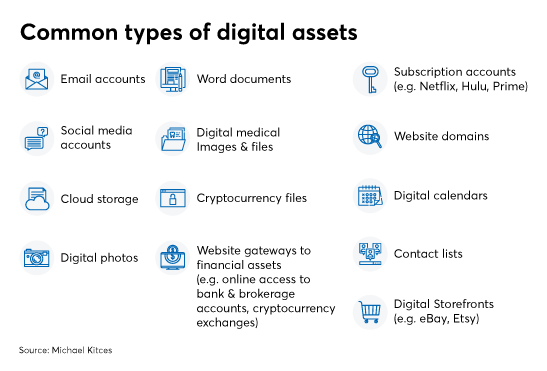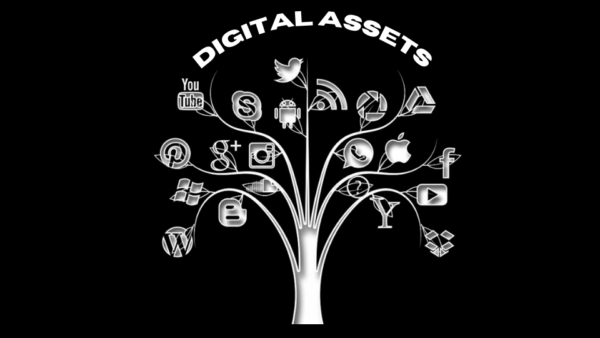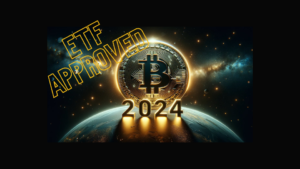In the digital world we live in now, the use of digital assests is getting a lot of attention. From cryptocurrencies like Bitcoin to blockchain technology, these assets could change the way we do business and change the way industries work. But there are some hurdles to getting the most out of assets. Regulatory hurdles and doubt often keep people from using something widely.
To use these assets to their full potential, you need a strategy framework. In this piece, we’ll get into the details of how people use digital assets, using the United States as a good example. We’ll look at the current situation, figure out what’s stopping people from using digital (DAM), and come up with a plan to make the most of their potential. Join us as we learn how to navigate the changing world of (DAM) and find out about the unique possibilities they offer to businesses and people all over the world.
Table of Contents

How digital assets are being used now
In recent years, the use of digital assets has gotten a lot of steam. Cryptocurrencies like Bitcoin and Ethereum have become very famous, and now millions of people invest and trade in them. Blockchain technology, which is what makes cryptocurrencies work, has also gotten a lot of attention because it has the ability to change many industries, such as finance, supply chain, healthcare, and more.
But even though interest is growing, the use of (DAM) is still in its early stages. Many businesses and people are hesitant to fully embrace these assets because the rules aren’t clear, they’re worried about security, and they don’t know what their possible benefits are. To get past these problems and get broad adoption, we need a complete framework.
The advantages of using digital assets
Adopting digital assets has many benefits for both businesses and people. Businesses that use (DAM) can improve their processes, save money, and save time. For example, blockchain technology makes deals clear and safe, eliminating the need for middlemen and lowering the risk of fraud. Digital assets also give companies new ways to raise money through Initial Coin Offerings (ICOs) or Security Token Offerings (STOs), which let them get money from investors all over the world.
On a personal level, digital assets give people access to and control over money. Cryptocurrencies are an alternative to standard banking systems that make it possible for people who don’t have access to banks to take part in the global economy. Also, digital assets offer the chance of a return on investment, and the prices of some coins have gone up a lot over time. By investing in digital assets, people can broaden their portfolios and possibly profit from the growth of this new asset class.

Challenges and Obstacles to the Adoption of Digital Assets
Even though the benefits of using digital assets are clear, there are a number of difficulties and barriers that keep more people from using them. The lack of clarity in the rules is a big problem. Different places have different rules about cryptocurrencies and blockchain technology, which makes it hard for companies and people to know what to do. This lack of clarity about how to regulate assets slows down innovation and investment in the area.
Adoption is also hard because of worries about security. Potential users are skeptical because of high profile hacking events and the idea that digital assets are linked to illegal activities. To build trust and get more people to use digital assets, it’s important to teach people about the security measures that are in place and debunk common myths about them.
Also, getting started is hard because (DA) systems and interfaces are hard to use. Many platforms are not easy to use, which makes it hard for people who don’t know much about technology to manage and deal with assets. Getting more people to use something will depend on how easy it is to use and how well it works.
The Plan for Adopting Digital Assets
A complete framework is needed to get past the problems and barriers that make it hard for people to use virtual assets. Several groups, such as regulators, companies, educational institutions, and technology providers, should be involved in this framework. Here are the most important steps for putting such a plan into place:
Step 1: Set up a framework for regulations
To build trust and faith in digital assets, regulations must be clear. Governments should try to come up with clear and thorough rules that take into account the unique qualities and risks of digital assets. This means figuring out what the legal position of cryptocurrencies is, making rules for initial coin offerings, and taking steps to stop money laundering and fraud. By giving companies and people a stable regulatory environment, they will be more likely to use digital assets.
Step 2: Informing the public and gaining their trust
Education is a key part of getting people to use digital assets. Governments, schools, and business groups should work together to make training programs that help more people learn about and understand digital assets. These classes should talk about the pros, cons, and possible uses of technological assets. They should also give advice on how to buy, sell, and store assets safely. The best way to get people to trust the security measures is to be open about them and teach the public about them.
Step 3: Encourage investment and new ideas
To speed up the adoption of digital assets, governments should create a space that supports innovation and investment in the digital asset space. This can be done by making regulatory sandboxes, which are places where businesses can try out new technologies and business models in a safe way. Also, governments can help startups and businesses working on digital asset solutions by giving them tax breaks and grants. By giving incentives for innovation, governments can speed up the development of new and better tools and services for technological assets.
Step 4: Make platforms and interfaces that are easy for people to use.
To get more people to use these assets, platforms and interfaces need to be easy for people with little technical skills to use. Creating easy-to-use interfaces and making complicated processes easier to understand will lower the barrier to entry and draw more people. For platforms to be both safe and easy to use, it will be important for technology providers, user experience designers, and industry experts to work together.
Step 5: Work with others and make partnerships
For computerized assets to be used well, it is important for different parties to work together. Governments, businesses, educational institutions, and technology providers should work together to set norms, share best practices, and encourage innovation. Partnerships between traditional financial firms and digital asset companies can help bridge the gap between traditional finance and the new asset ecosystem. Stakeholders can work together to solve problems and speed up the acceptance of these assets if they work together.
Case studies of how digital assets were used successfully
Several case studies show how these assets have been used successfully in different fields. In the banking industry, for example, several banks have started using blockchain technology to make cross-border transfers easier and improve efficiency. Banks can settle deals faster, save money, and make things more clear by using blockchain. Another case study is the supply chain industry, which uses blockchain to track and verify the authenticity of goods. This makes sure that consumers can trust the products and cuts down on counterfeiting. These great implementations show how tech assets can change many different industries.
How people will use digital assets in the future
Adopting digital assets seems to have a bright future. As regulatory frameworks become more stable, people and companies will feel more comfortable using digital assets. Technology improvements, like the creation of blockchain solutions that can be used on a large scale and better user interfaces, will also help increase usage rates.
Also, the growing use of digital assets in traditional financial systems and the rise of decentralized finance (DeFi) will give digital assets more ways to be used and open up new possibilities. As more businesses and people see the benefits of using computerized assets, we can expect to see them used more and more in the coming years.
Adopting these assets has the ability to completely change industries and the way we do business. But for this promise to be realized, a strategic framework is needed that takes into account the obstacles and barriers to adoption. We can use assets to their full potential if we have clear rules, educate the public, encourage innovation, make user-friendly interfaces, and encourage teamwork.
Case studies of successful adoption in different businesses show how assets can change things for the better. As we look to the future, the use of digital assets is likely to change industries and give people around the world more power. This will give companies and people chances they have never had before. Accepting (DAM) isn’t just accepting a new technology; it’s also accepting a new way to do business and meet in a world that is becoming more and more technical.
🚀Ready to embark on your crypto journey?💰🔒Secure, simple and rewarding – Crypto.com is your gateway to the future of finance!🌐💎Click here 👉👇to begin your adventure in the crypto universe today
💼 Show your crypto flair! 💫 Dive in here 👇 for our special merchandise 🎉
🚨DISCLAIMER🚨
Investingcrypto717.com’s 🌐 content is solely educational🎓. NOT financial advice🙅♂️💼. Do your own research🔍💡, consult a professional before investing💼🤝. You invest at your own risk⚠️💸. #NotFinancialAdvice #InvestingCrypto717🔐🌍




